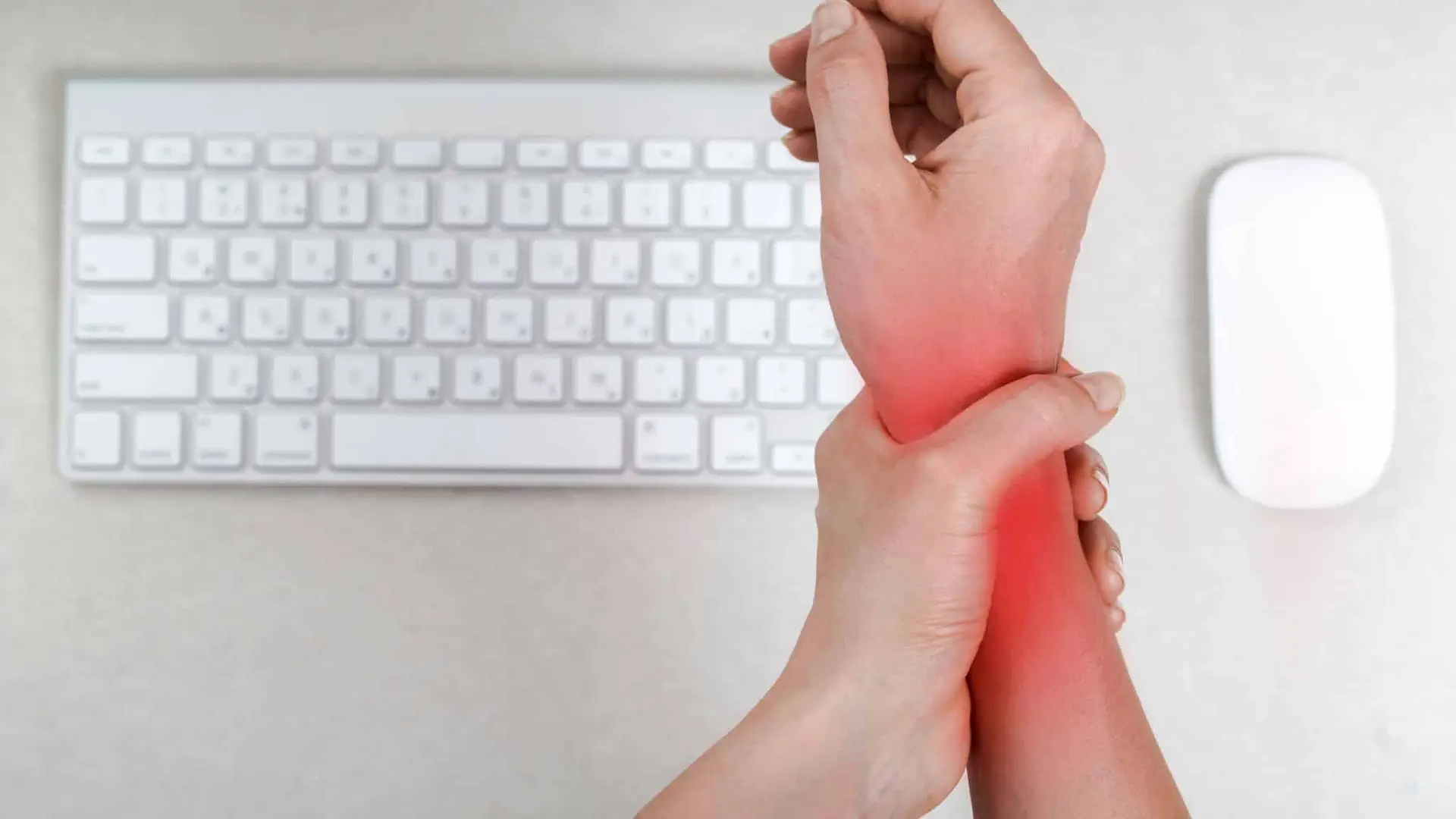
Understanding and Managing Complex Regional Pain Syndrome (CRPS)
Complex Regional Pain Syndrome (CRPS) is a chronic pain condition that typically affects a limb after an injury or surgery. It is characterized by severe, persistent pain that is disproportionate to the initial injury. CRPS can significantly impact a person’s quality of life, leading to disability and psychological distress. Despite its relatively low prevalence, the debilitating nature of CRPS makes it a critical area of focus for both patients and healthcare providers.
Section 1: Understanding CRPS
Types and Symptoms of CRPS
CRPS is divided into two types based on the absence (Type I) or presence (Type II) of confirmed nerve injury. Both types share similar symptoms, including:
- Severe, continuous pain that may be burning or throbbing
- Sensitivity to touch or cold
- Swelling and changes in skin color or temperature
- Joint stiffness and muscle weakness
- Abnormal sweating patterns
The intensity and variability of these symptoms can make CRPS particularly challenging to manage.
Causes and Risk Factors
While the exact cause of CRPS is not fully understood, it often follows trauma or injury such as fractures, sprains, or surgery. Other potential triggers include infections and heart attacks. Risk factors for developing CRPS may include:
- Genetic predisposition
- Psychological factors such as stress and anxiety
- Presence of other chronic pain conditions
Understanding these causes and risk factors is essential for early identification and management of CRPS.
Section 2: Diagnosis of CRPS
Diagnostic Criteria and Tools
The diagnosis of CRPS is primarily clinical, based on patient history and physical examination. The Budapest criteria are widely used for diagnosis and include:
- Continuing pain that is disproportionate to any inciting event
- Presence of symptoms in at least three of the following categories: sensory, vasomotor, sudomotor/edema, and motor/trophic
- No other diagnosis that better explains the symptoms
Diagnostic tools such as imaging (MRI, bone scans) and tests (thermography) can support the diagnosis but are not definitive on their own.
Challenges in Diagnosis
Diagnosing CRPS can be challenging due to overlapping symptoms with other conditions such as neuropathies or arthritis. Misdiagnosis and delayed diagnosis are common, which can delay appropriate treatment and worsen outcomes. Healthcare providers must be vigilant and consider CRPS in patients presenting with unexplained chronic pain following an injury.
Section 3: Pathophysiology of CRPS
Mechanisms of Pain Development
CRPS involves complex interactions within the nervous system. Abnormal responses to injury can lead to:
- Central sensitization: Increased sensitivity of the nervous system to pain
- Peripheral sensitization: Heightened response of peripheral nerves to stimuli
- Sympathetic nervous system dysregulation: Abnormal pain and swelling responses
Inflammatory processes also play a crucial role, contributing to pain and swelling through the release of inflammatory mediators.
Psychological and Genetic Factors
Psychological factors such as stress and anxiety can exacerbate CRPS symptoms. A patient’s emotional state can influence pain perception and response to treatment. Additionally, genetic predisposition may play a role in susceptibility to CRPS, although more research is needed to fully understand these genetic links.
Section 4: Treatment and Management
Pharmacological Treatments
Effective management of CRPS often requires a multidisciplinary approach. Pharmacological treatments include:
- Pain Medications: Opioids and NSAIDs are commonly used to manage pain.
- Adjuvant Therapies: Antidepressants and anticonvulsants can be effective, especially for neuropathic pain.
These medications can help manage symptoms but must be carefully monitored for side effects and effectiveness.
Non-Pharmacological Treatments
Non-pharmacological treatments are crucial for managing CRPS and include:
- Physical Therapy: Exercises to maintain mobility and function, reduce stiffness, and improve circulation.
- Psychological Therapies: Cognitive-behavioral therapy (CBT) and other psychological interventions can help patients cope with chronic pain and its emotional impact.
Interventional and Surgical Treatments
In some cases, interventional and surgical treatments may be necessary:
- Nerve Blocks: Injections of anesthetic near nerves can provide temporary pain relief.
- Spinal Cord Stimulation: Electrical stimulation of the spinal cord can reduce pain.
- Surgical Options: Surgery may be considered in severe cases where other treatments have failed, though it carries risks and is often a last resort.
Section 5: Living with CRPS
Coping Strategies and Support
Living with CRPS requires effective coping strategies and support systems. Techniques such as:
- Pain Management Techniques: Relaxation exercises, biofeedback, and pacing activities can help manage pain.
- Support Groups: Connecting with others who have CRPS can provide emotional support and practical advice.
Impact on Daily Life
CRPS can significantly impact daily activities, making it essential to adapt and find strategies to maintain independence:
- Challenges: Pain, mobility issues, and fatigue can affect work, social activities, and self-care.
- Adaptive Strategies: Using assistive devices, modifying tasks, and planning activities to manage energy levels can help improve quality of life.
Conclusion
Managing CRPS requires a comprehensive, personalized approach that addresses both physical and psychological aspects of the condition. Accurate diagnosis, effective pain management, and ongoing support are essential to improve outcomes for individuals living with CRPS. As research continues, new treatments and a better understanding of CRPS may offer hope for more effective management in the future.
Types of Chronic Pain
Click the button below to go back to the main section on types of Chronic Pain
Types of Chronic Pain